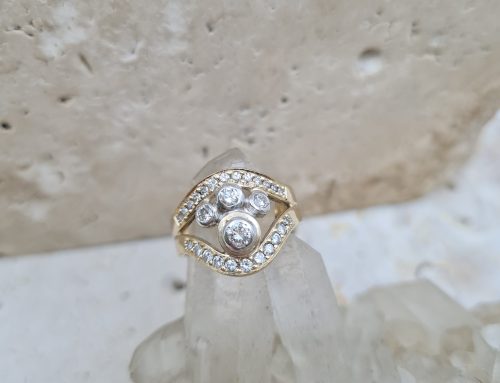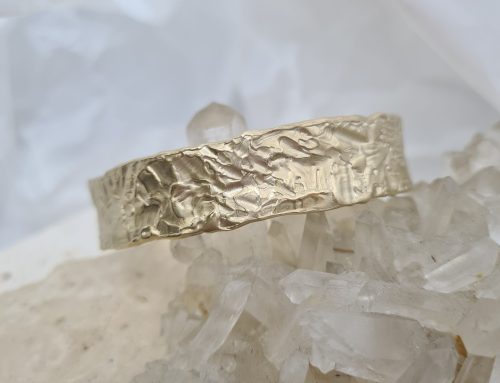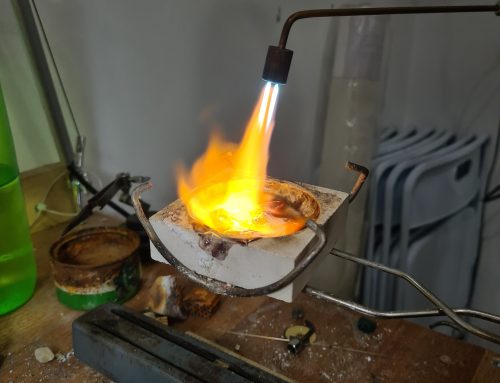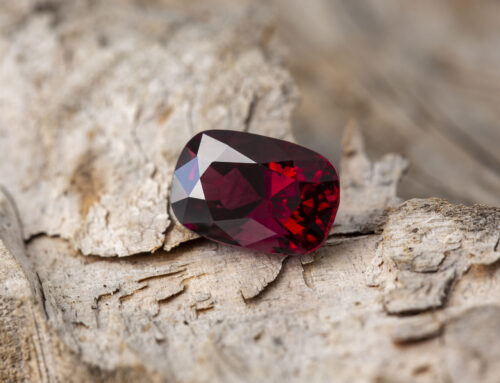Spring is an exciting time as I can get out fossicking for Tassie stones more often (or at the very least, not have frozen fingers half an hour in!) The birthstones of Spring are also exciting– September is all about the Sapphires; October the Opals; November the Topaz. Today I want to talk about Aussie Opals.
The way Opals work is really cool. They are made from tiny Silica spheres with water in between them. If the spheres are all the same general size and are arranged neatly, this combination allows light to diffract as it shines through the stone, splitting the light into the colours of the rainbow. If the spheres are of different sizes or arranged messily, it is technically still Opal, but it won’t show flashes of colour, and is instead called ‘potch’. In Australia we produce 95% of the world’s Opal, and as such, it is quite fitting that it is our national gemstone.
White Opals from Coober Pedy are probably the most well-known, with Coober Pedy being the largest Opal field in the world. Sometimes opal from this area has formed as a replacement mineral for a fossil, and so we end up with opalised ancient shells and belemnites (ancient squid). They’ve even found a perfectly formed octopus tentacle!
The other major Opal field in Australia is Lightning Ridge. This area produces wonderful dark tones in the opal body; also known as Black Opal. These are highly sought-after all around the world and fetch high prices.
The sort of opal that Nicole really has a problem with (i.e. we have way too much of it), is Boulder Opal. Boulder Opals come from Queensland, and form in a matrix of either sandstone or ironstone. Most Boulder Opal is cut to the shape of the opal within the matrix, so settings need to be made specifically for each stone.
A term you may have heard of is an Opal Doublet or Opal Triplet. These types of opals are a composite stone. Doublets are made from a thin slice of opal with a dark backing (normally a form of plastic or potch), whereas Triplets are a Doublet with a clear quartz or glass cabochon on the top of the opal slice.
All solid opals have similar properties for hardness and toughness, so really you just need to pick which one you like best – they are all unique. We’d love to show you through our opal collection that is available for custom pieces, or there are a range of beautiful pieces available online to order.
Rock on!
Sarah



